After our previous tests at the end of 2020 featuring µD3TN instances on earth and one instance running on ESA’s OPS-SAT in space, we were lucky to conduct more tests over the course of four exciting days. Here is what we did:
We firstly performed a “ping-pong” message exchange between a single terrestrial µD3TN instance and the one running on the OPS-SAT. After verifying that the basic scenario went smooth, we slowly introduced more and more complexity to cover more realistic use cases.
In the second test, we added our Ground Station Dispatcher component to the setup, which allows us to multiplex our access to ESA’s SMILE ground station. This way, we can emulate many ground stations even though we only have access to a single one. This is particularly useful to test “Ring Road” scenarios, where a decoupled site without internet access (cold spot) communicates with a site with internet access (hot spot) via a periodically passing satellite.
Building on top of that, the third test introduced HTTP communication gateways to our simulated cold and hot spots leveraging our µD3TN Application Agent Protocol (AAP). AAP is an easy to integrate interface that regular applications can employ to gain DTN features such as delay or disruption tolerance through µD3TN’s underlying use of the Bundle Protocol. With the HTTP communication gateways in place, we then used curl to fetch websites. The setup is depicted below. Note that our HTTP gateways include some prefetching logic that answers with the requested resource and appends linked JavaScript, images and CSS files at the hot spot to reduce costly round trips.

Together with our partners from SPATIAM and Scott C. Burleigh, we furthermore added NASA’s bundle protocol implementation ION to the previous setup, thereby performing an important interoperability test.
In a fifth test with the aforementioned partners, we adapted our Ring Road scenario with additional support from Lara Suzuki and Vint Cerf to let the Google Cloud Vision service (hot spot) classify images sent from the cold spot!

As an SME, testing software in space is not something you can typically do whenever you please. Thus, we tried to utilize our opportunity to the fullest and designed all tests in such a way that we could execute each of them quickly within a single OPS-SAT pass – which could be as long as several minutes. After gaining enough positive feedback until this point, we then even performed successful tests over multiple passes, thus, sending messages (literally) around the world.
As you can imagine, we are quite pleased with our results so far. We want to thank our partners from SPATIAM, Scott, Lara and Vint, for the outstanding collaboration, as well as David Evans, Tom Mladenov and Vladimir Zelenevskiy from ESA’s OPS-SAT team for their fantastic support!
If you are interested to learn more about our experiments, check out the upcoming 5th ESA CubeSat Industry Days, where we will talk about our experiences in depth. You can find our slides here.
Back to Blog Posts

